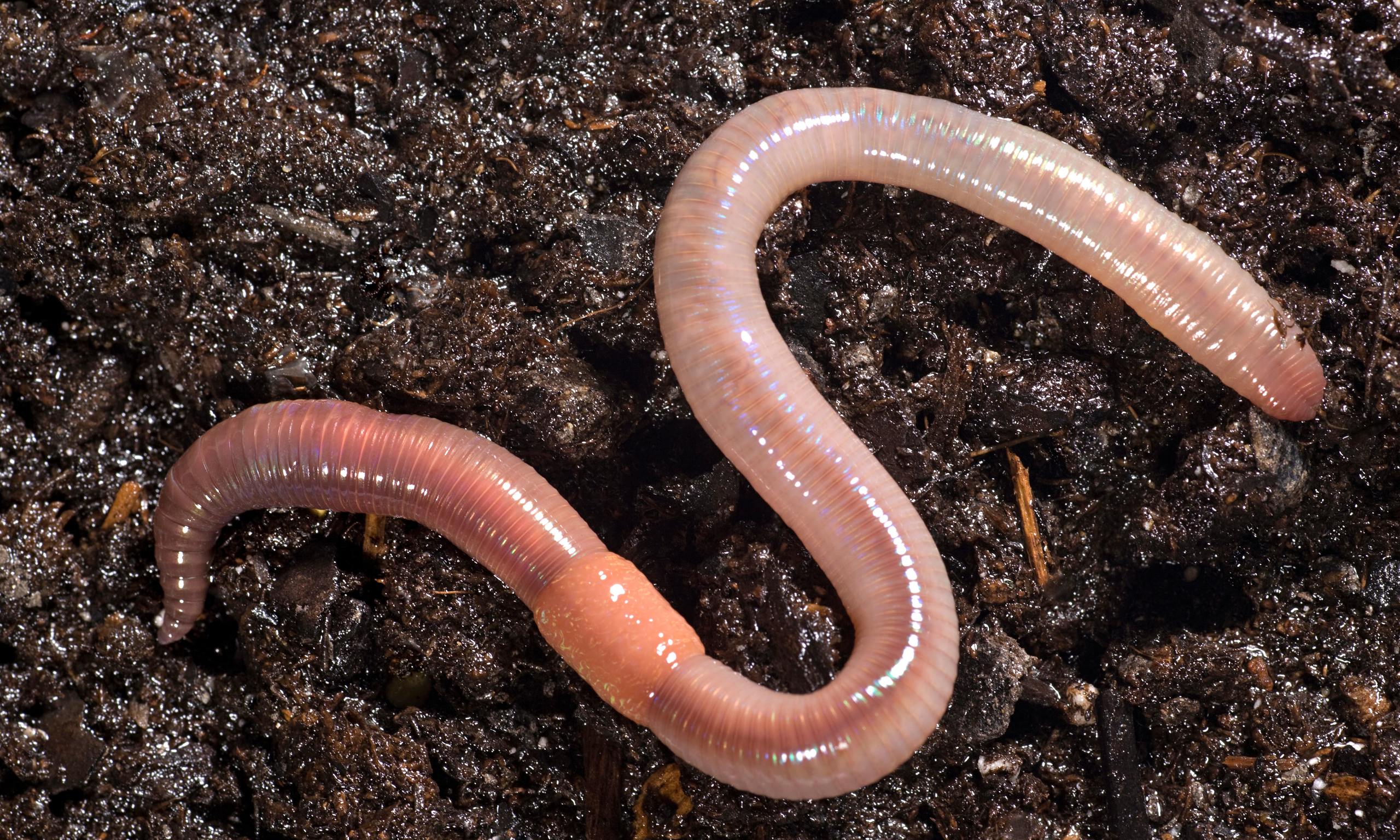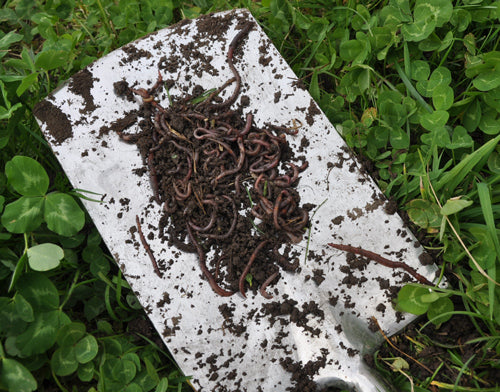6 Easy Facts About North Carolina Worms Described
6 Easy Facts About North Carolina Worms Described
Blog Article
North Carolina Worms Can Be Fun For Anyone
Table of ContentsNorth Carolina Worms - An OverviewSome Known Factual Statements About North Carolina Worms The smart Trick of North Carolina Worms That Nobody is DiscussingThe Best Guide To North Carolina Worms
Example: 1-gallon of worm spreadings to 4 gallons of potting mix. 1/2 cup in the bottom of the growing opening for smaller sized plants. 1 cup for bigger plants.
The addition of tea can also include raised microbial biomass to your soil. You can always side-dress your plants with worm spreadings any time. Just bear in mind, the bacteria will die if revealed to UV rays (Sunlight), so be sure to cover the spreadings with an inch or so of soil.
This baffled them for several years up until the screening methods progressed. They found that plant development and wellness displayed a Bell Contour. It would obtain much better(with more spreadings), degree off, and afterwards decline. They were dumbfounded. They ultimately found that excess plant-growth hormonal agents were the wrongdoer. A lot of worm castings would certainly accelerate the development to a speed that the plant could not recuperate from.
North Carolina Worms for Dummies
I have expounded the merits of worm spreadings for about 2000 words. Worm castings are no various. It takes time to develop top quality worm spreadings.
Worm castings absolutely set you back more than chemical fertilizers. Worm castings are on the less costly end of natural fertilizers. (50 gallons per year) It is a much harder and really costly investment to generate large amounts of worm spreadings.

In reality, creating a healthy soil may be the biggest advantage of worm castings. Healthy dirt was talked about and how vital this has become to everyone. The leading 10 benefits of worm castings were additionally offered. We discussed worm castings NPK and additionally the appropriate nutrient evaluation that ought to apply to worm spreadings.
The Basic Principles Of North Carolina Worms
We spoke regarding some of the negative aspects associated with worm castings. I covered a great deal of material in this post. There are a lot of links (inner and external). If you would like more info on a certain topic, please click through the links for more information. As always, really feel cost-free to comment or ask inquiries.
The upright burrows are commonly open, although the worms cover the leading with residue and excrement. Origins require oxygen for their growth, whereas they generate carbon dioxide that requires to leave the soil.
Earthworms boost porosity by two mechanisms: (1) by developing permanent burrows, and (2) by enhancing dirt gathering. Gathering is enhanced by the mixing of dirt and raw material in the earthworms' intestines. North Carolina Worms. These very steady aggregates are transferred by some earthworms in their burrows, and by others at the surface of the dirt


In an additional research, earthworms were approximated to eat 4 to 10 percent of the leading 6 inches of the dirt each year. Dirt compaction reduces the porosity of the dirt.
The 20-Second Trick For North Carolina Worms
Common earthworm populations can easily eat 2 tons of completely dry issue per acre each year, partially absorbing and blending it with soil. The importance of earthworms to blend surface area residue with dirt comes to be extremely clear in soils that do not have any kind of earthworms. The majority of our Pennsylvania soils contend least some earthworms, and the effect of their total absence, consequently, can not be kept in mind.
(https://www.adlandpro.com/ad/43159579/North-Carolina-Worms__Other_438__around_atlanta.aspx)In these soils, the development of topsoil with reasonable organic matter material did not take location, resulting in inadequate plant development. As soon as the reason was developed, the federal government of the Netherlands began a project to present earthworms. After the intro of the earthworms, a dark topsoil layer was developed, and crop growth enhanced significantly.
They live mostly from partly decayed natural matter that is currently incorporated in the dirt. These species consume big amounts of dirt that they blend with digested crop residue in their guts.
Their burrows remain open, although they cap the top with plant residue that they pull to the entry. These varieties ingest substantial quantities of soil that they blend with absorbed deposit in their digestive tracts. Their excrement is largely deposited at the surface area of the soil. The nightcrawler Lumbricus terrestris is the most noticeable participant of this group.
Report this page